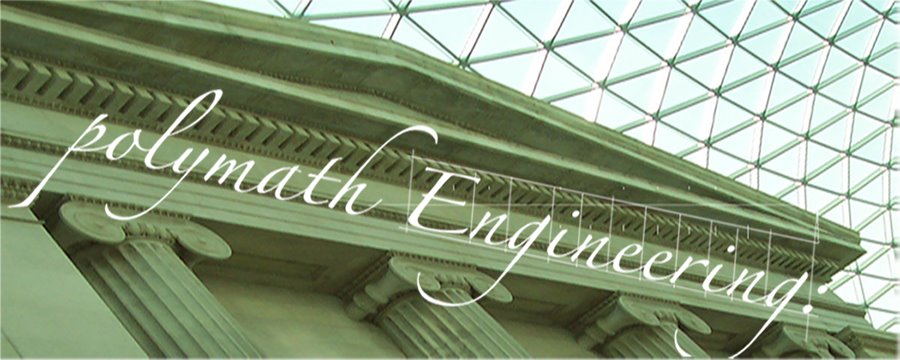Those of you returning have noticed some recent changes around here lately. Namely, the design layout has changed. I have continued to do projects. I'm currently building a brand new touch screen - mark II. Mark I worked, however, due to the lack of consistent placement in the IRLED's there was too much background noise for it work properly.
The main problem existed in the baffles (which are heart of a FTIR table). In the pages below I show how I used hobby wood (cheap hobby wood) from Home Depot, and I drilled holes into that by hand. The consistent 1 inch spacing I had intended had drifted throwing off my even spacing. In addition I couldn't get the dremel and my hand to drill a centered hole so the IRLED's couldn't sit in the middle of the baffle and that threw the alignment of the IRLED's with the acrylic off.


So, I figured I needed something bigger and better than a dremel and my hand. I got a dremel attachment that turns it into a drill press. To handle my alignment problems I rigged up a pointing laser strapped to a protractor to the main body of the press. My contraption looked seriously cool (at least to me it did) and I was sure I was going to get good results, but once again I was wrong. Look at her on the left. Isn't she purty?
Still, I was hounded with the holes in the wood going away from center! This was frustrating, but I figured one of the biggest obstacles to this project was the lack of
proper tools and space. Luckily, an old engineering friend of mine had another friend with a factory where they build battle bots for FIRST competitions! The shop's name is STARBOT and it's just an awesome, family run place. I wasn't charged at all for using any of the machines! All I had to do was clean up after myself and tell others about it. STARBOT is going through a rough patch and could use people there using the machines and making donations for the time. I'll post STARBOT's phone and address up here later.
To the left is the drill press I used at STARBOT. Isn't she a beauty?! You can't see it but to the right is a digital readout that goes to 0.0001 inches! Even with this beauty I still couldn't drill a straight line of holes down that wooden baffle! I was seriously starting to doubt my abilities at this point. Until my friends at STARBOT told me that
the grain of the wood was pulling on the drilling chuck.
I could do two things, start over with the wood, drilling tiny pilot holes to counter the grain pull effect, or I could bypass it altogether by using Ultra-High Molecular Weight Polyethylene UHWP. I went to Mc-Master Carr and found exactly the part I needed at the measurements I needed;
Link to McMaster Carr Baffle Part. I bought two for a total of 10 feet. I then cut each into a 24 inch and a 36 inch part. This would form the frame for my FTIR.
Then all I had to do was drill, and drill, and drill some more.
During the MK I proof of concept I only drilled LED's into the top and bottom of the frame. This did a good job of delivering light to the screen, the IRLED's I chose were good enough to deliver light to the entire surface with only half the frame lit up. This time, however, I want to take advantage of the entire frame and string it up with IRLED's. This means a lot more drilling. I drilled holes 1" apart from each center. Giving me 23 holes on the 24" side and 35 holes on the 36" part.
Currently, I need to reorder a new acrylic screen (the old one got really scratched up), and a lot more IRLED's to finish wiring up the new baffle. That's where I'm currently at. Just waiting for the new parts to come in to finish the wiring and begin the coding section of the project.

I've always changed the table again, this time I've fitted it into a drafting table. This will set the stage for the future use of this multi-touch frame (a multi touch CAD). That's right! You've heard it hear first, so remember I've copyrighted this idea with this time stamp. I will build a multi-touch CAD. I've used 2 drafting table legs from Ikea and the frame currently looks like the photo to the right. It can angle up to become a proper drafting table or a multi touch drafting table. This is FTIR is gonna be awesome! This is Multi Touch Mk II.
In the mean time I realized I never posted up pictures of how I modded my webcam to be more sensitive to IR light. That's coming up next.














